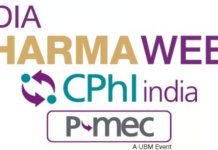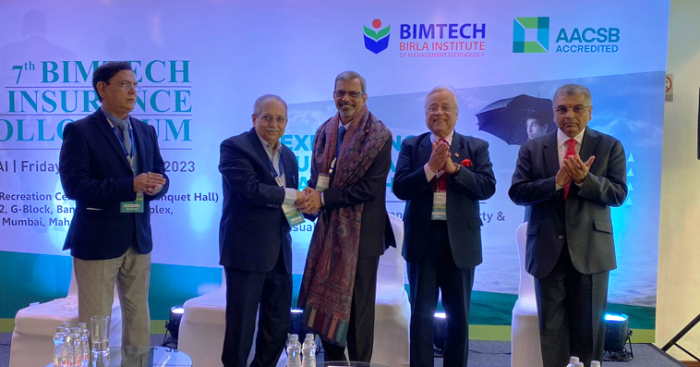Mumbai, April 08,2014 – Drugmaker Sun Pharma sent ripples across the pharmaceutical industry on Monday morning as it agreed to buy out the troubled Ranbaxy in a $4-billion (including $800-million debt), all-stock deal, in the process creating India’s largest drug company.
The landmark deal also makes the combined Sun-Ranbaxy entity the fifth largest generic drug-maker in the world, with estimated revenues of $4.2 billion for the year ended December 31, 2013.
The mega-deal underlines Sun Pharma Managing Director Dilip Shanghvi’s image as a “risk-taker”, since Ranbaxy is currently under intense scrutiny from the US Food and Drug Administration for compliance lapses at four of its manufacturing facilities in India.
Explaining the deal, Shanghvi said Ranbaxy was distinctive in nature, as it has several attractive brands, strengths and capabilities that can be leveraged.
On whether it would be Sun Pharma’s most challenging acquisition yet, he replied: “It is the largest for sure. I would not say challenging, but interesting …a validation of many of my principles.”
Ranbaxy is owned by Japanese major Daiichi-Sankyo and four of its India-based plants are at present barred from exporting to the US. Daiichi had bought Ranbaxy in 2008 from its erstwhile promoter-family, led by Malvinder and Shivinder Singh.
Arun Sahwney, Ranbaxy’s Managing Director and Chief Executive Officer, said that Sun Pharma was an ideal partner, as it had a good and proven track record of creating significant long-term shareholder value and successfully integrating acquisitions into its growing portfolio of assets.
Sun also indicated, as part of the transaction that “Daiichi Sankyo has agreed to indemnify Sun Pharma and Ranbaxy for, among other things, certain costs and expenses that may arise from the recent subpoena which Ranbaxy has received from the United States Attorney for the Toansa facility”. Top Sun Pharma and Ranbaxy executives present at the joint call in Mumbai to announce the transaction, however, did not give details on this.
The transaction is expected to close by the end of calendar year 2014, and Daiichi will get about nine per cent in Sun Pharma, making it the second largest shareholder after the promoter-family. Daiichi will also have the right to a representative on Sun’s board of directors.
Combined force
Shanghvi said the product portfolios of the two companies did not overlap, and as a result, Sun, for instance, could get access to Ranbaxy’s branded and over-the-counter products. The management expects revenues of $250 million and operating synergies three years after the deal is closed with Daiichi.
In the period till the transaction is done, an integration committee with representation from both companies will help iron out issues, Shanghvi said.
Under the agreements, Ranbaxy shareholders will receive a 0.8 Sun Pharma share for each share of Ranbaxy, a company note said.
This exchange ratio represents an implied value of Rs.457 for each Ranbaxy share, a premium of 18 per cent to Ranbaxy’s 30-day volume-weighted average share price and a premium of 24.3 per cent to Ranbaxy’s 60-day volume-weighted average share price, in each case, as on April 4, 2014. Sun Pharma’s shares were up nearly 3 per cent to close at Rs.587.25 on the BSE, while Ranbaxy’s were down a little over 3 per cent at Rs.445.20.
The transaction will represent a tax-free exchange to Ranbaxy shareholders, who are expected to own around 14 per cent of the combined company.
The proposed transaction has been unanimously approved by the boards of directors at Sun Pharma, Ranbaxy, and Ranbaxy’s controlling shareholder, Daiichi Sankyo. It still requires shareholder and other regulatory approvals.






















